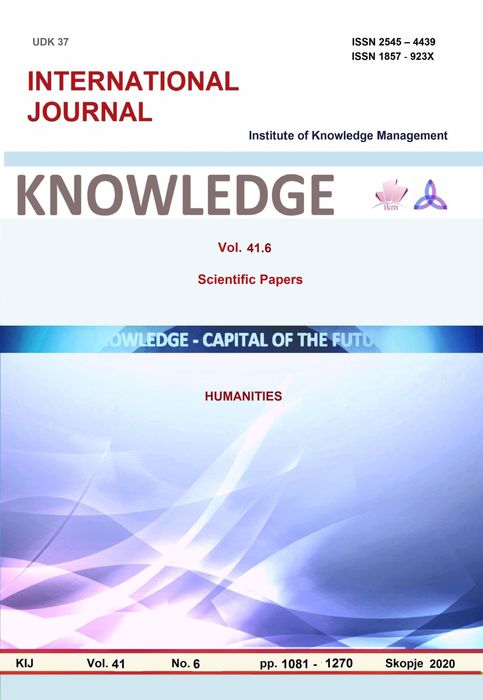PSYCHOTHERAPY OF PSYCHOSOMATIC DISORDERS – A CHALLENGE FOR THE PSYCHOTHERAPIST
PSYCHOTHERAPY OF PSYCHOSOMATIC DISORDERS – A CHALLENGE FOR THE PSYCHOTHERAPIST
Author(s): Lubomira DimitrovaSubject(s): Individual Psychology, Clinical psychology, Psychoanalysis
Published by: Scientific Institute of Management and Knowledge
Keywords: psychotherapy; psychosomatic disorders; key competencies of the psychotherapist; methods of work
Summary/Abstract: Psychotherapy is very "rewarding" for the client, but you need to know well what it means for the psychotherapist. Otherwise, there is a danger of "substituting the focus" and changing the original request. The competencies of the therapist about the considered issues are of key importance for the positive outcome of the therapeutic situation. Psychotherapy of psychosomatic disorders should be considered by the specialist as reaching the client to his maximum potential, and not as entering a certain statistical norm. Distinguishing the client's goals from those of the therapist determines the effectiveness of the therapy. One of the main abilities that a therapist should have is the ability to lead by following the person who has sought his help. The self-regulation, the subsequent "ventilation" after the interaction, as well as the model "Six thinking hats", applied in the supervisory analysis of the work, to increase the qualification qualities of the psychotherapist, are considered. The tasks of the therapist, those of the client, and in particular: follow-up techniques for dealing with the psychosomatic disorder are indicated. They shared personal therapeutic experience, described in detail in the sequence of sessions, as well as the intervention methods used, followed by a qualitative analysis of what was done. Every specialist has existential questions about the effectiveness of therapy. Test and retest of the client's anxiety give a clear assessment of the results of therapeutic intervention. Projective methods are extremely useful and applicable to children and adolescents. These methods work when performed by parents of children with psychosomatic disorders. The comparison between the answers and drawings of adolescents and those of their parents is a key point in the therapist's decision which additional tasks to include in the three interaction stages - the stage of connection, the stage of identification, and the stage of separation. The blurring of the individual three stages returns the client to the starting position, so it is very important to establish a limited space of activities in the intervention with psychosomatic complaints. The completion of each of the three stages gives room for the beginning of the next, and this favors the mutual work of the therapist and client. Restructuring of the therapeutic process is possible in the case of such a transition from one stage to another. We need to know that there is a passage through several basic steps that are repeated at each stage. Connecting with the therapist is the most important link in the therapy chain. Without the connection, there is no trusted connection and clear identification. This also determines a difficult stage of separation, which makes the work of expanding the goals impossible. The challenge for the psychotherapist is to identify the three stages and guide the client, who is left with the impression that he is the leader.
Journal: Knowledge - International Journal
- Issue Year: 41/2020
- Issue No: 6
- Page Range: 1229-1232
- Page Count: 4
- Language: English

